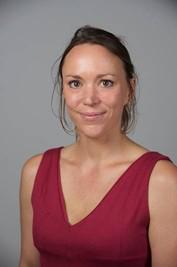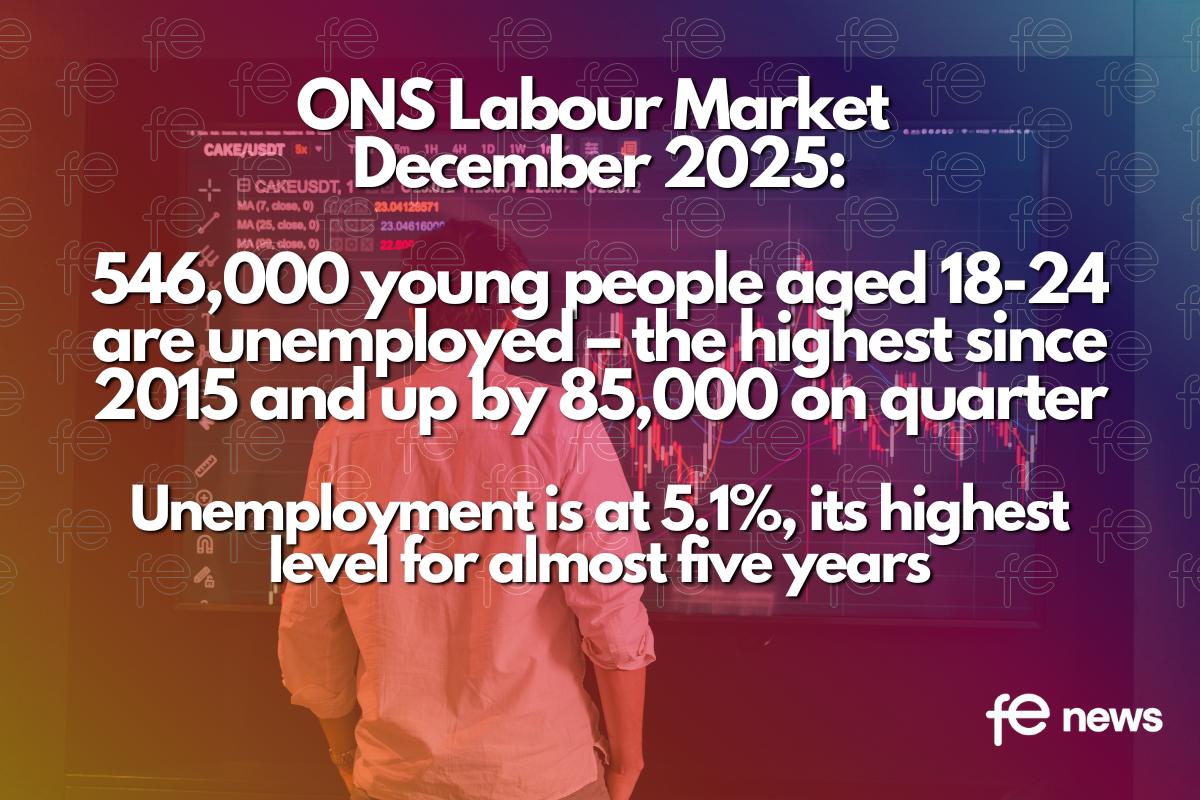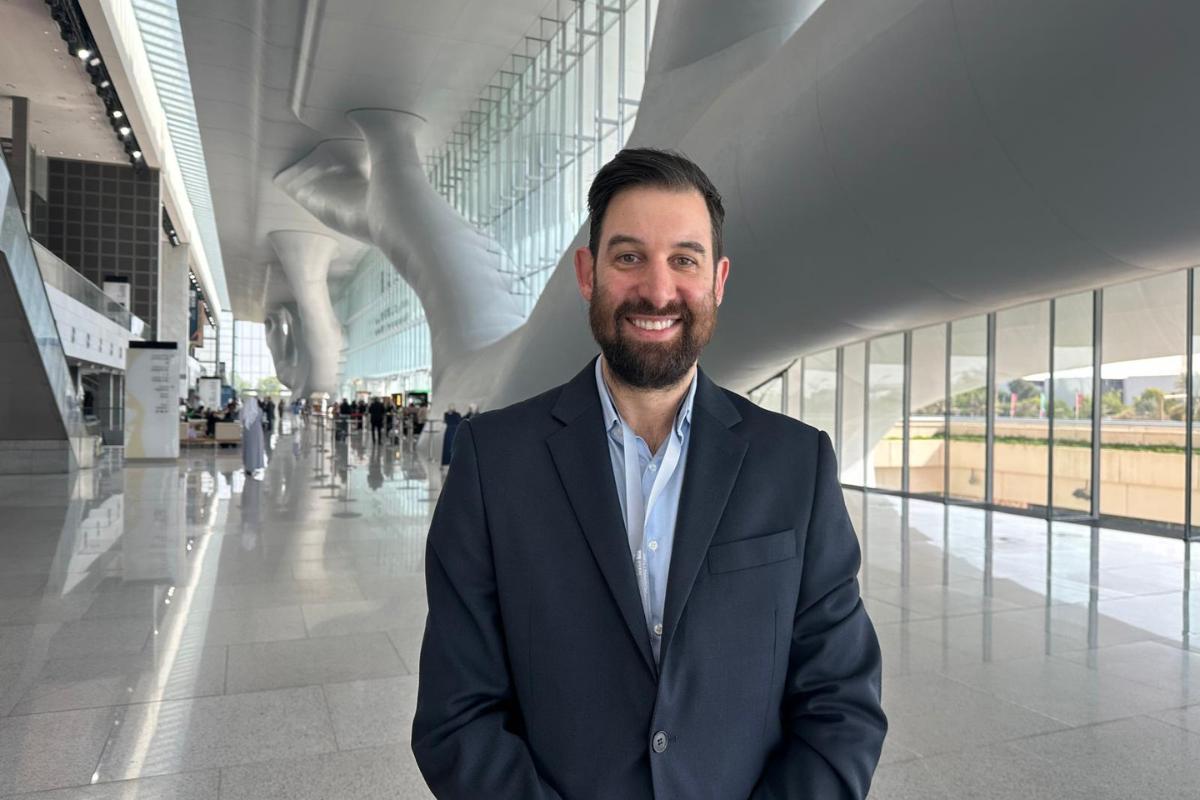STEM: time to ditch the acronym and focus on inspiring the next generation

When I speak to students about their career plans and drop into conversation the acronym, STEM, I’m sometimes met with a blank stare. At school, teachers are working hard to get students interested in STEM subjects, but the careers they could lead to aren’t being communicated well enough across the board. And it’s proving to be a real problem.
The UK Commission for Employment & Skills says a lack of skills is making it a challenge to fill 43 per cent of STEM professional vacancies. This issue is twice as severe within STEM than it is in other sectors. If we want to fill these vacancies, we need to showcase to students what a career in STEM fields truly entails. By showing real-life examples to young adults, from an early stage in their education, we’re more likely to encourage them to study science, technology, engineering and math.
Teachers recognise that there is no point in just telling. We need to be showing. And this is where business, brands and the media can help us. The perception of STEM careers can at times be misconstrued. By shrugging off the stuffy image of stereotypical scientists wearing lab coats and replacing this image with something different, like an app developer, students have the potential to see what a modern career in science and technology could really look like.
It’s this diversity in STEM that can win over students. My day to day role doesn’t involve working in a lab anymore. For example, I co-present BBC’s Tomorrow’s World Live and I’m currently writing a book about Consciousness.
Other hands-on approaches can help students see a future in a STEM career. I recently took part in the GenerationeXt programme, organised by the STEM network at Roche, the biotechnology company – a group of volunteers that work together to help promote STEM within schools. The programme is designed to increase awareness around career options available to students if they pursue STEM subjects. It showcased amazing work within areas like virtual reality and the pharmaceutical industry, through practical workshops and presentations. Initiatives like these are changing the way that we whet the appetite of students, with companies creating a more well-rounded and inclusive perception of STEM careers.
 I was particularly excited to see a large cohort of female students involved. As an under-represented demographic in the sector, it’s critical that we help more girls choose a career in STEM. Other initiatives led by organisations such as the STEMettes are conducting great work in this regard. It’s vital at a time when women only make up 23 per cent of core STEM occupations in the UK and 65 per cent of all UK schools have no girls doing Computing A level. There is so much potential at stake that we need to start speaking to schoolchildren early about the exciting work that lies in the realms of STEM.
I was particularly excited to see a large cohort of female students involved. As an under-represented demographic in the sector, it’s critical that we help more girls choose a career in STEM. Other initiatives led by organisations such as the STEMettes are conducting great work in this regard. It’s vital at a time when women only make up 23 per cent of core STEM occupations in the UK and 65 per cent of all UK schools have no girls doing Computing A level. There is so much potential at stake that we need to start speaking to schoolchildren early about the exciting work that lies in the realms of STEM.
It’s only by showing young people that science, technology, engineering and math is all around them – the phones in their hands, the social media channels that they’re on – that we will inspire the next generation of scientists who are going to change our world for the better.
By Dr Hannah Critchlow, Neuroscientist and Outreach Fellow, Cambridge University
Dr Hannah Critchlow recently attended Roche’s GenerationeXt event 2017; an event that aims to inspire kids aged 16-18 about careers in science, technology, engineering and math.











Responses